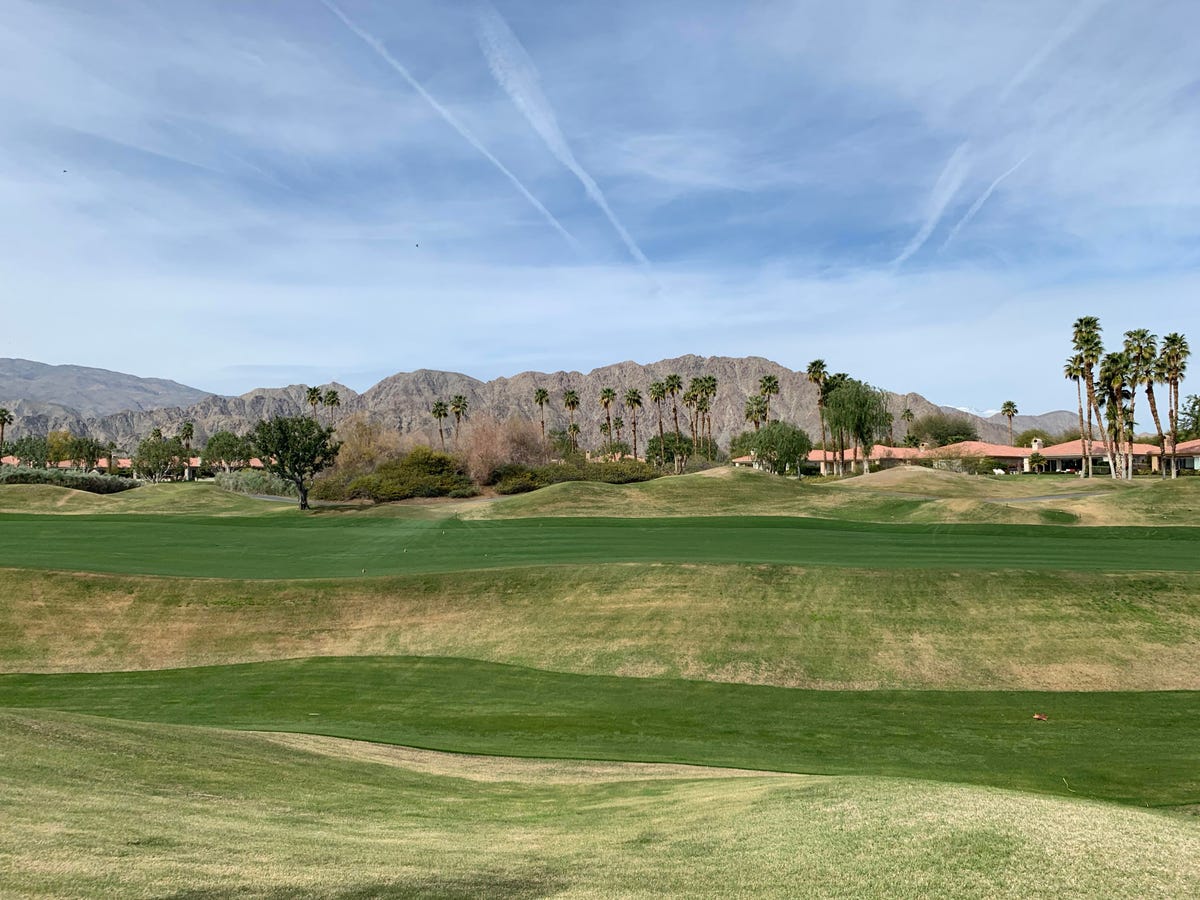
iPhone XS Max: General shot
Under ideal conditions, both phones take impressive shots. The iPhone tends to have cooler hues like in this shot of the mountains with slightly less contrast.
Galaxy S10 Plus: General shot
While the Galaxy has warmer tones with higher contrast, the "better" of the two shots is highly subjective.
iPhone XS Max: General shot
Both shots of the Golden Gate are impressive, but the iPhone's may have done a better job at capturing the color of the sand.
Galaxy S10 Plus: General shot
But the trees and mountains on the shot of the Galaxy look more inviting. Again, it comes down to personal preference.
iPhone XS Max: Landscape
In this particular landscape I would probably choose the cooler tones of the iPhone. But the differences are minor, and even the screen you're looking at this gallery on may affect which one you like best.
Galaxy S10 Plus: Landscape
The advantage with the Galaxy is that the main camera has a variable aperture that can adjust to different lighting conditions.
iPhone XS Max: Wide-angle
The iPhone has a dual-lens setup on the back, with a telephoto lens and the regular wide-angle lens that was used to take this photo of the desert.
Galaxy S10 Plus: Wide-angle
The Galaxy S10 Plus also has a wide-angle and a telephoto lens. But it's added a third lens to its camera array that gives it yet another vantage point from which to take your shot.
Galaxy S10 Plus: Ultra wide-angle
This is the same photo of the desert skyline taken with the ultra wide-angle lens on the Galaxy S10 Plus. I didn't even know what I was missing until I started testing it out.
iPhone XS Max: Wide-angle
Here's a traditional house shot taken with the iPhone XS Max.
Galaxy S10 Plus
Here's that shot on the Galaxy S10 Plus.
Galaxy S10 Plus: Ultra wide-angle
And here's the same shot taken with the ultra wide-angle lens of the S10 Plus. It was able to capture the dramatic cloud show in the background as well.
iPhone XS Max: Portrait
For portraits though, it's the iPhone XS Max that pulls ahead. It uses the telephoto lens, and is better at determining what to blur in the background.
Galaxy S10 Plus: Portrait
The Galaxy S10 Plus uses the regular wide-angle lens for portraits. The upside is you have a wider angle, but the downside is that it's harder to get the effect right, and the blur is a lot more subtle. This can be intensified before or after you take the shot, but it's still not as natural as the iPhone's.
iPhone XS Max: Portrait
Portraits on the iPhone are also more flattering for people because they hone in on the subject and brighten up faces.
Galaxy S10 Plus: Portrait
In this scenario, the S10 Plus wasn't able to distinguish between the foreground and the background as well and ended up blurring the wrong thing.
iPhone XS Max: Close-up
Both phones produce a natural bokeh effect on close-up shots even when you're not using the portrait mode (or live focus).
Galaxy S10 Plus: Close-up
In this case I would go with this shot from the S10 Plus which has a bit more contrast and captured more details in the flowers. There's also a Pro mode option on the S10 that lets you manually adjust the focus which gives you even more control over your macro shots.
iPhone XS Max: Lowlight
In this night shot of the San Francisco skyline, the iPhone is able to capture some detail in the buildings and the sky, but colors are muted.
Galaxy S10 Plus: Lowlight
The same shot on the S10 Plus looks a lot more vibrant with richer colors, but it also tends to cast a yellow glow on lights that's not as true to life as the iPhone's.
iPhone XS Max: Lowlight
But even the true to life colors of the iPhone can't compete with the brighter night shots of the Galaxy for portraits. This portrait shot of Charlie the dog looks moody and interesting on the iPhone, but slightly grainy.
Galaxy S10 Plus: Lowlight
The S10 Plus manages to brighten up the scene and give you a lot more detail to play around with in the shot.

